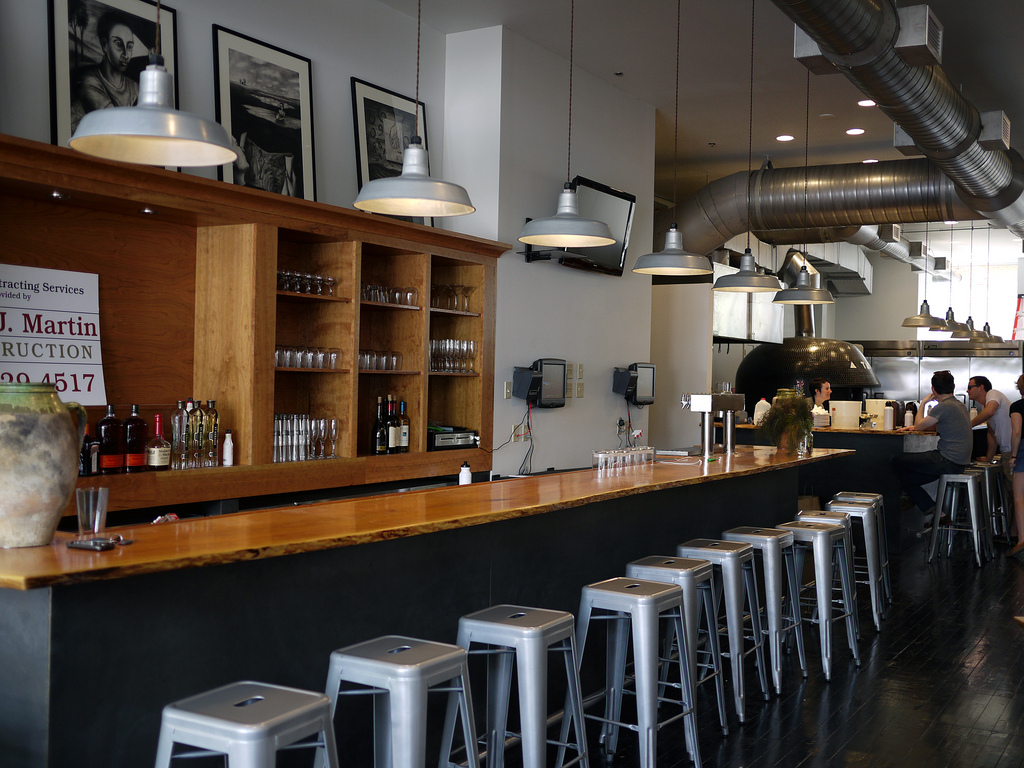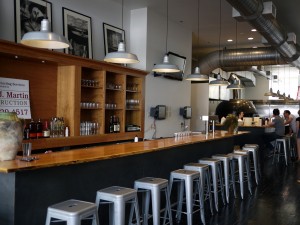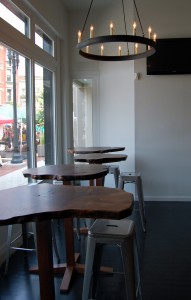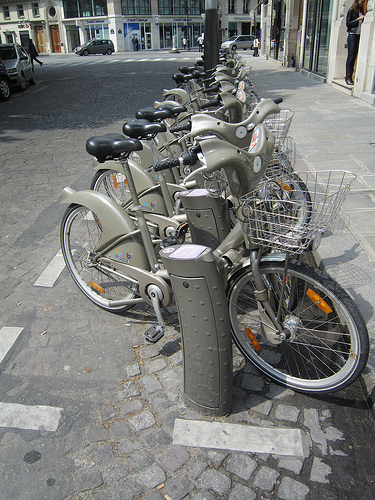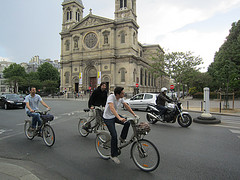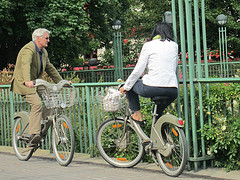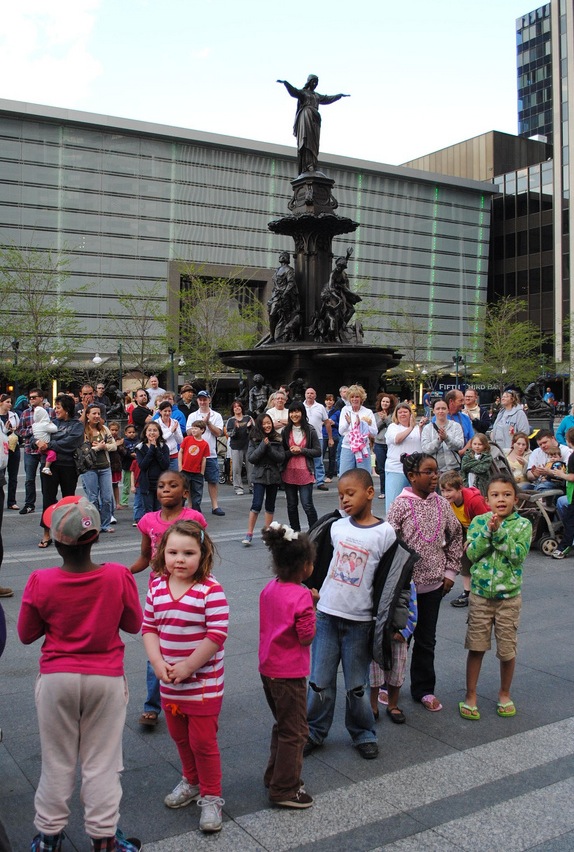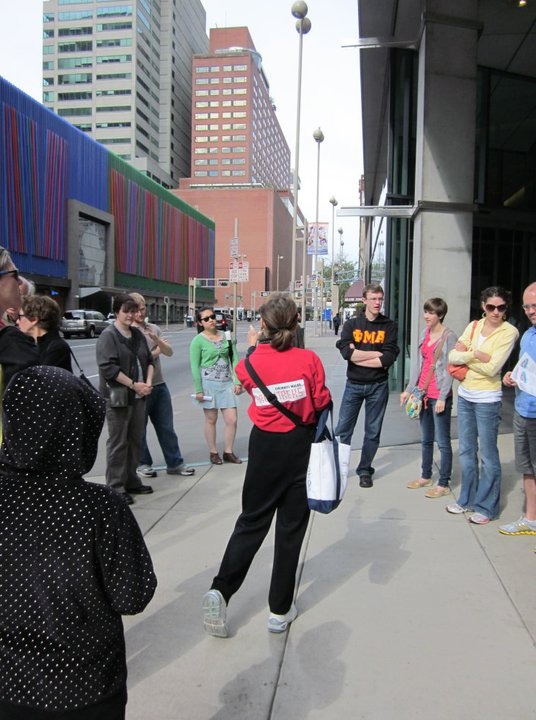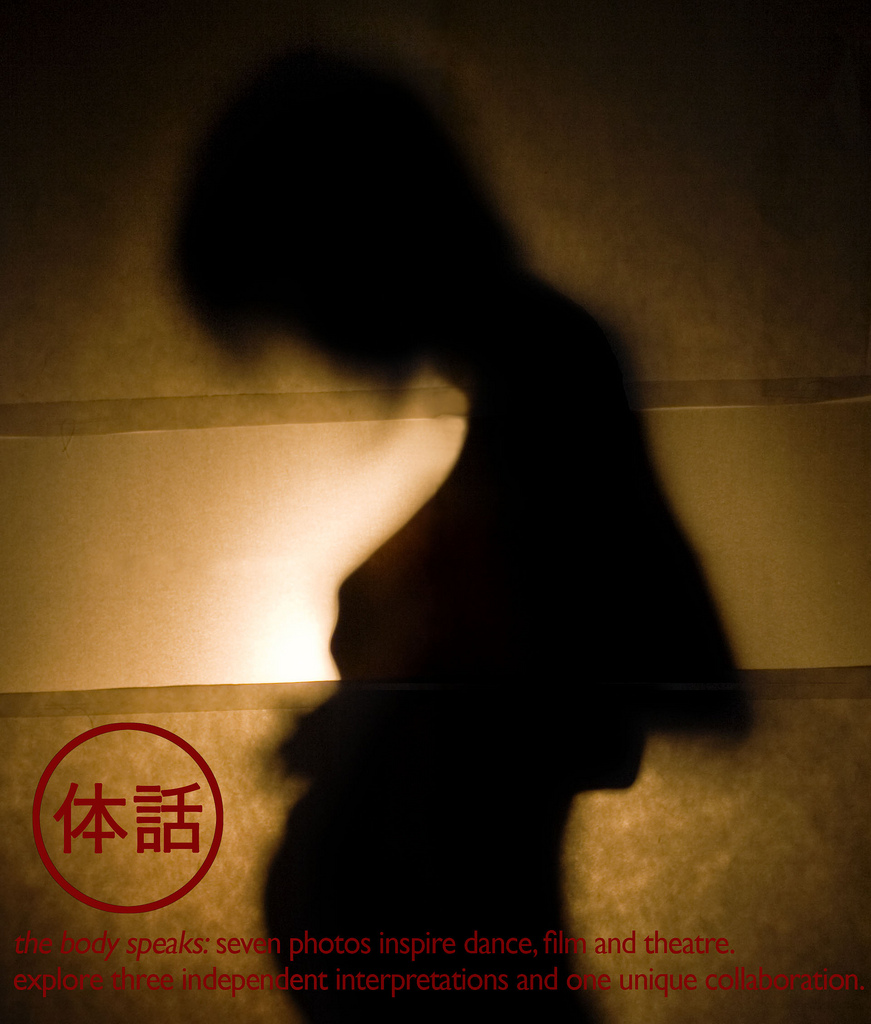 For funky and cutting edge arts events and experiences in Cincinnati, the place to be is the Cincinnati Fringe Festival, May 31 through June 11. The first Fringe Festival originated in Edinburgh, Scotland 51 years ago. The Cincinnati Fringe Festival in its eighth season, and like its forefather, showcases theater, comedy, performance art, fine art, and film that explores the weird, outrageous, and the provocative.
For funky and cutting edge arts events and experiences in Cincinnati, the place to be is the Cincinnati Fringe Festival, May 31 through June 11. The first Fringe Festival originated in Edinburgh, Scotland 51 years ago. The Cincinnati Fringe Festival in its eighth season, and like its forefather, showcases theater, comedy, performance art, fine art, and film that explores the weird, outrageous, and the provocative.
With 12 days and 160 performances of 35 productions showcasing both local and out-of-town performers and artists, plenty of opportunities exist to whet the appetites of audiences. Starting this year the Cincinnati Fringe Festival offers Fringe Next, a program that features performances created, produced, and performed by local high school students.
Some of the highlights from this year’s line-up include: Fire & Light – fire-based performances by Incendium Arts; The Masculinity Index – the exploration of what it means to be a man through theater, spoken word, music, movement and much more; Darker – a love story involving light bulbs; Fringe Documented – a film documentary focusing on bringing the Fringe to Cincinnati; and The Body Speaks: Calligraphic Photography – a photography exhibit created by Sean Dunn, a local Cincinnati photographer, focusing on “unifying the mediums of calligraphy and photography.”
Work created by Dunn served as inspiration for three other fringe projects that include: The Body Speaks: Movement, The Body Speaks: Scripted, and The Body Speaks: Captured. Dunn will be viewing the finished projects for the first time during the Fringe.
“I want my work to speak for itself; I did not want to interfere or impose my thoughts or criticisms and diminish any of the collectives’ innate creativity,” Dunn said. “I eagerly look forward to seeing and hearing The Body Speaks Projects in their polished state over the course of the Cincinnati Fringe Festival.”
For Dunn, the Fringe is vital because of the collaborative opportunities it affords artists from multiple platforms. “The Cincinnati Fringe Festival is important because it presents artists of all walks of life the opportunity to work together and gives well deserved attention to the Cincinnati art scene,” Dunn said. “What’s more, Fringe Fest provides artists an exceptionally welcoming and comfortable environment in which unorthodox styles of creativity and presentation are encouraged.”
Ticket prices range from $12 per performance, $60 six-show pass, and an all-access pass for $200. For more information about performances and show times you can visit the Cincinnati Fringe Festival website.
Fringe Festival picture provided by Know Theatre.

